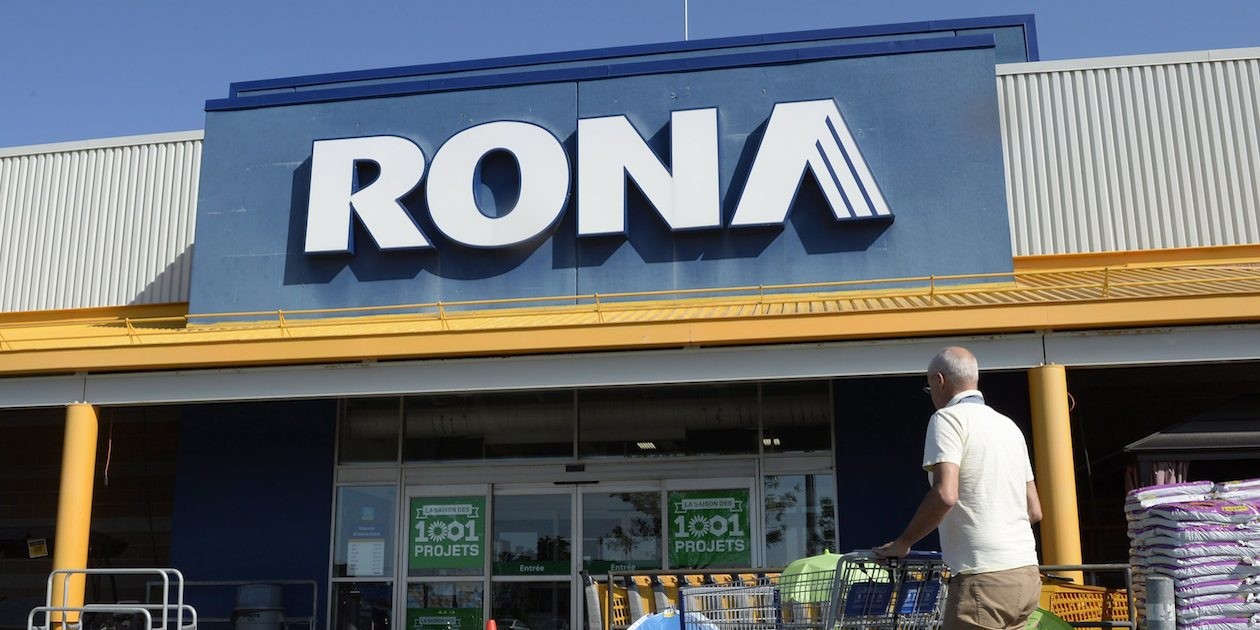After threatening to join the ranks of failed and soon-to-be forgotten Canadian brands, Rona is now growing its share of mind, heart and wallet with Canadian consumers. It asks the Brand Doctors: has it got its mojo back? Did it ever really leave?
Alan Middleton
Assistant prof. of marketing Schulich School of Business, York University
Diagnosis: With more than 500 stores, Rona is a big player to turn around, but results from the first quarter of 2015 look promising. But I would conclude its brand strategy is not clear. Like a lot of Canadian retailers competing with U.S. giants, you need to be clear about your strengths and build a strong brand positioning around it. It is not yet clear what Rona is and wants to be when it grows up.
Prescription: We strongly recommend Rona decide if it wants to be positioned against the local, smaller format Home Hardware—or even Canadian Tire—or continue to go broader and include its big box and bulk supply operations. They need to step up their online operations and get their marketing communications strategy more focused, distinctive and consistent. The current breadth of operation and positioning is probably not sustainable and twin dark clouds of competition and economic slowdown will only increase the pressure.
Jeanette Hanna
VP Strategy, Trajectory
 Diagnosis: The brand suffered from lack of focus. When Robert Sawyer took over, his marching orders were: simplify the business, optimize merchandising, fix the supply chain. He seems to be making headway. Buying back all its franchisees is just the latest move designed to enhance the Rona experience. And with U.S. competitors pushing harder, the next few years will be critical.
Diagnosis: The brand suffered from lack of focus. When Robert Sawyer took over, his marching orders were: simplify the business, optimize merchandising, fix the supply chain. He seems to be making headway. Buying back all its franchisees is just the latest move designed to enhance the Rona experience. And with U.S. competitors pushing harder, the next few years will be critical.
Prescription: Rona’s on the right track in terms of segmenting its retail presence (from convenience-smart “proximity” stores to contractor and big box shops) and new product categories (from pet food to decor—along with a national find-a-contractor program). All good moves. It needs to leverage its significant network size advantage (nearly three times the outlets of Home Depot) by adding some warmth and personality (a counterpoint to Home Hardware’s “Home owners helping homeowners” or Canadian Tire’s home-grown gestalt). Get that right and the brand will stop feeling like particleboard and more like a fine cedar.
David Kincaid
CEO, Level5 Strategy Group
 Diagnosis: After launch, growth and maturity, a brand’s life cycle can slip into decline even if awareness is still high. That happened to Rona in 2011 after a failed growth strategy. Luckily, its brand equity among consumers served as a life-jacket while Robert Sawyer, a new CEO, reinvigorated Rona with flag-waving marketing, a focus on high-margin products and a streamlining of the supply chain.
Diagnosis: After launch, growth and maturity, a brand’s life cycle can slip into decline even if awareness is still high. That happened to Rona in 2011 after a failed growth strategy. Luckily, its brand equity among consumers served as a life-jacket while Robert Sawyer, a new CEO, reinvigorated Rona with flag-waving marketing, a focus on high-margin products and a streamlining of the supply chain.
Prescription: Stay on the current path and continue managing each piece of the brand as a business system. To date, Rona’s revival and results have been encouraging. Rona is transitioning back to growth mode by opening six new stores by December (its biggest expansion since 2008) and buying back 20 stores for greater brand control and consistency. I think Rona will put up a strong fight in its effort to be able to say it consistently keeps the promise of providing Canadians with the best products and advice to build and renovate their homes in total confidence.












